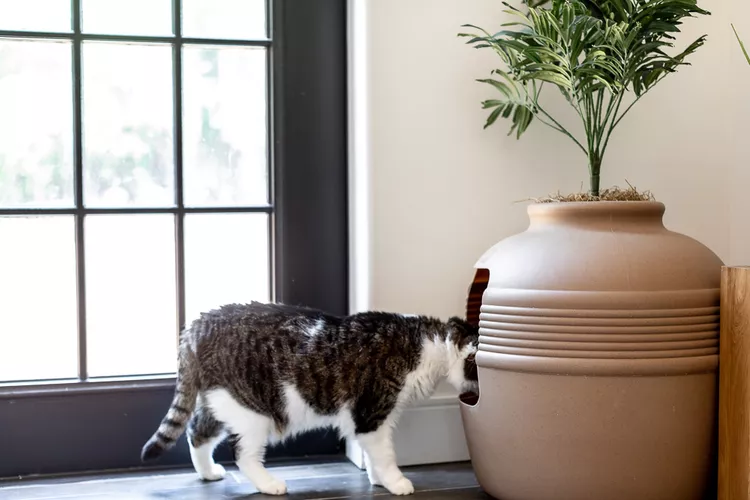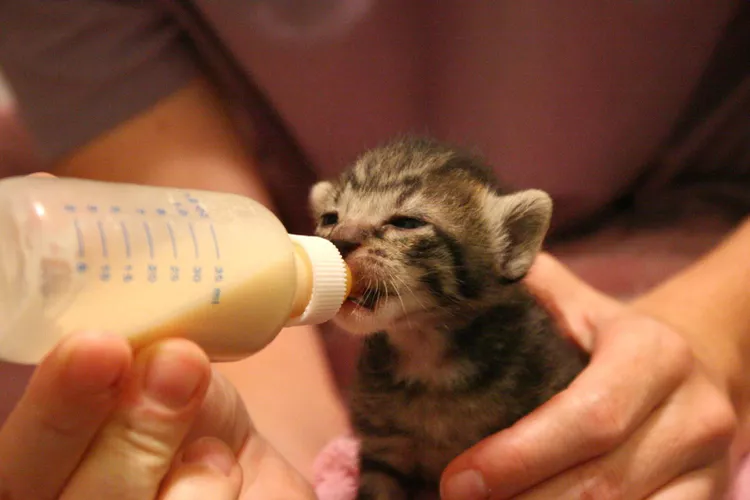You have a new kitten or have just welcomed a cat into your home, so now you need to cover the bathroom basics. You need a litter box, likely more than one. Where is the ideal spot (or spots) for it?
Factors to Consider
Cats tend to be very fussy about their litter boxes, and the correct placement is of extreme importance.
First, you should know the rule of thumb for litter boxes is "one plus one." You should have one litter box per cat, plus one extra. The reason for the extra one is that some cats refuse to poop and pee in the same litter box.
With a large number of cats, you probably should have two or three extra. Some cats hate to share a litter box with other cats. The future implications can be worrisome if you do not plan accordingly. Cats may spray and soil around the house and once they start doing that, it can become a hard habit to break.
Watch Now: Our Very Best Tips for Litter Box Placement
Potential Locations
Obviously, you do not want a litter box in the middle of your living room or in the kitchen next to the cat's food dishes, so where do you put it?
- Private location: Cats like privacy when they eliminate, not because of modesty, but because of a primal fear of being ambushed by an enemy when their guard is down. A guest bathroom would be ideal, or the closet of a guest bedroom. If space is a problem, consider using an inexpensive screen in the corner of a living room or bedroom.
- Quiet location: Try to avoid a busy thoroughfare in your house, and if you put the litter box in a laundry utility room, place it far enough away from appliances, so that the noise from washers and dryers do not stress the cat.
- Away from food: Aside from sanitary reasons, respect your cat's fastidious nature by keeping the litter box separated from his food dishes.
- Do not trap the cat: Some cats like to play pouncing games with other cats, and will lie in wait to intimidate the cat as he tries to leave the litter box. Put the litter box in a location that will eliminate this possibility, especially if their litterbox is the top-entry type.
- Do not make them climb stairs: Although most cats will freely roam up and down stairs, if you have young kittens or very old cats, forcing them to climb stairs (up or down) to use the litter box may lead to litter box avoidance. Particularly avoid dank, dark basements, which may be subject to mold and bacteria. You may need litter boxes on all levels of your house if you have several cats, but otherwise, if you only have one box, do not place the only box in a location that will require frequently going up and down stairs.
- Keep the doors open: Even if you have found the perfect spot for your litter box/es, the effort will be wasted if you forget and close the doors to those rooms. Make sure your cats can always reach a litter box.
- Consider litter box furniture: There are many companies online that provide attractive furniture designed to hide litter boxes from very attractive wooden pieces to simpler bamboo cabinets. If you are really cramped for space, one of these might be a viable alternative to a litter box in a bathroom.




















